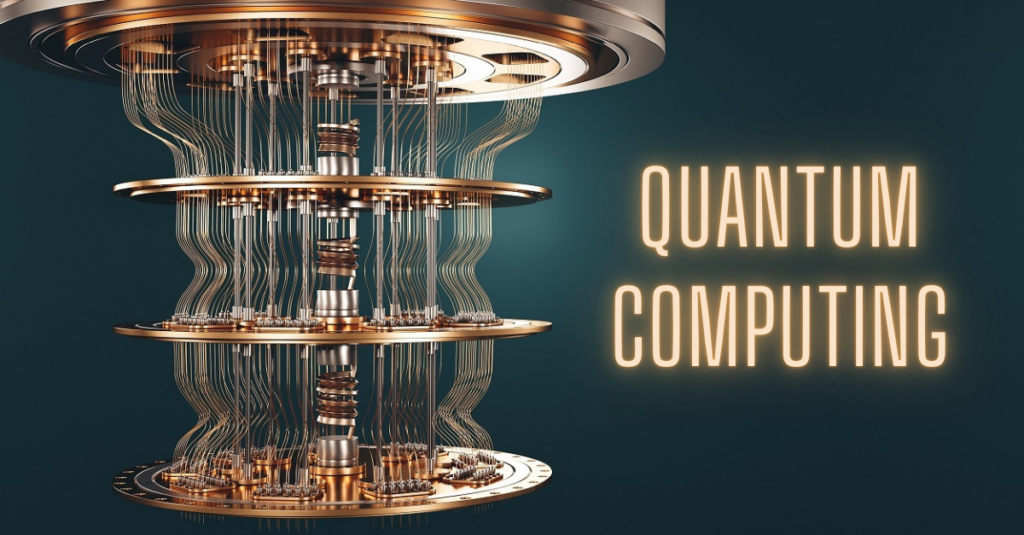The Fascinating World of Quantum Tunneling: Breaking the Barriers!
Quantum mechanics often feels like stepping into a science fiction novel, where reality twists and turns in perplexing ways. Today, we're diving into one of its most mind-bending concepts: quantum tunneling. While chiefly confined to the complex equations of physicists, this phenomenon is not only a cornerstone of modern technology but also pivotal to our understanding of the universe.

Understanding Quantum Tunneling
At its core, quantum tunneling is the process by which particles pass through a barrier that, according to classical physics, should be insurmountable. Imagine throwing a ball at a solid wall and having it appear on the other side without breaking the wall or the ball disintegrating—sounds impossible, right? However, in the quantum world, particles like electrons can spontaneously pass through energy barriers thanks to their wave-like properties.
This concept fundamentally relies on the principle that particles are also waves, as posited by Heisenberg's Uncertainty Principle and Schrödinger's Wave Equation. There's a non-zero probability that a particle can exist on the other side of a barrier, thus allowing it to 'tunnel' through.
The Real-World Magic of Quantum Tunneling
While quantum tunneling might sound abstract, it has a plethora of real-world applications that have reshaped technology as we know it.
Semiconductors and Electronics
Take semiconductors, for instance. The ability of electrons to tunnel through potential barriers in semiconductor materials is foundational to the operation of many electronic devices.
One noteworthy example is the tunnel diode, which exploits this phenomenon to conduct a very high current at a particular voltage. Unlike your ordinary diode, a tunnel diode can operate at nano-second speeds, making it incredibly valuable for high-frequency electronics.
Quantum Computing
Quantum tunneling is also central to the burgeoning field of quantum computing. Quantum bits, or qubits, harness superposition and entanglement to perform computations at speeds unimaginable for classical computers. Tunneling assists qubits in flipping states effortlessly, contributing to the amazing power and efficiency of quantum processors.
Google and IBM have already made significant strides in this arena, with their quantum computers solving problems deemed unsolvable by classical means. For more on this, check out IBM's Quantum Computing Page.
Nuclear Fusion
If you've heard whispers about nuclear fusion as the energy source of the future, quantum tunneling is part of that narrative, too. Fusion requires two atomic nuclei to come close enough to overcome their electrostatic repulsion, a feat facilitated by tunneling. It's this magical barrier-crossing ability that makes the concept of sustained nuclear fusion—a cleaner and virtually limitless energy source—a tantalizing possibility.
Astrophysics
Quantum tunneling even has cosmic significance. In the hearts of stars, including our sun, tunneling enables nuclear reactions that wouldn't be possible under normal circumstances, thus powering the stars and fueling the universe's life cycle.
The Theory Behind the Trick
To understand the mathematics governing quantum tunneling, let’s delve into Schrödinger’s equation. The following is a simplified version for a one-dimensional potential barrier.
∂²ψ/∂x² + 2m/ħ² (E - V)ψ = 0
In regions where the potential energy V exceeds the total energy E of the particle, the equation shows that the amplitude of the wave function ψ decays exponentially. Remarkably, if the barrier is thin enough, there’s a calculable probability of the particle "tunneling" through:
T ≈ exp(-2 * √(2m(V-E)) * L / ħ)
Here, T is the transmission coefficient representing the likelihood of tunneling, m is the particle mass, V is the barrier height, E is the particle energy, L is the barrier width, and ħ is the reduced Planck’s constant.
The Philosophical Fun of Quantum Tunneling
But beyond its practical implications, quantum tunneling also nudges us into philosophical territory. It challenges our preconceived notions of reality and determinism, suggesting that the universe is inherently probabilistic at a fundamental level. This has led to a myriad of interpretations in quantum mechanics, including the Many-Worlds Theory, which posits parallel universes constantly splitting due to quantum events.
The Heisenberg Uncertainty Principle
Central to this is Heisenberg’s Uncertainty Principle, which states that one cannot simultaneously know the exact position and momentum of a particle. This intrinsic uncertainty blurs the line between the possible and the impossible, allowing for phenomena like tunneling.
Conclusion: A Universe Full of Possibilities
From the tiniest transistors in our smartphones to the far reaches of the cosmos, quantum tunneling pervades every layer of existence. Its discovery has not only transformed technology but also provided profound insights into the very fabric of reality. So, the next time you flip on your phone or read about quantum computers, take a moment to appreciate the marvels of quantum tunneling—an unseen yet immensely powerful mechanism shaping our world.
Would you like to dive deeper into another mind-bending concept of quantum mechanics or tech innovation? Stay tuned, for our quest for knowledge and exploration continues! With every discovery, we get a little closer to uncovering the magnificent mysteries of our universe. Until next time, keep your curiosity alive and your mind open!
Feel free to leave your comments or questions below. Exciting discussions await!
